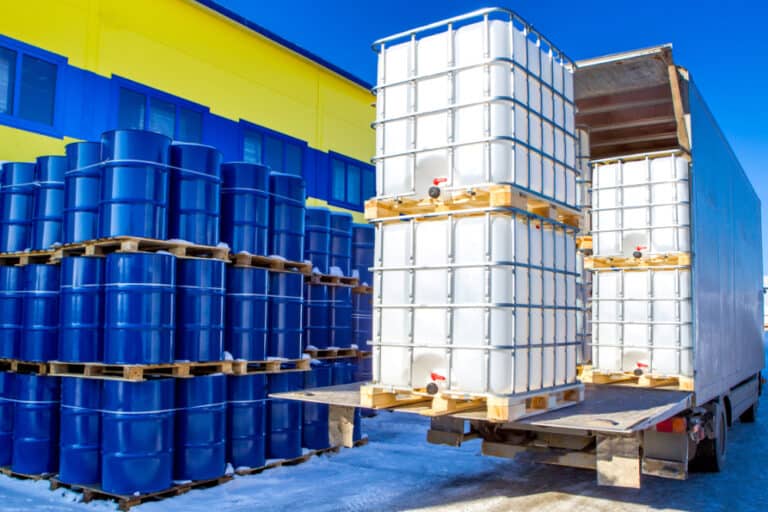
In 2021 the production of chemicals in China started to decline rapidly, including the production of flame retardants. This significant decline has continued into 2022 and doesn’t seem to be improving any time soon.
What is causing this decline and how is it affecting businesses all over the world?
Several factors are causing the decline in flame retardant production. This includes the increased pressure from the Ministry of Environmental protection.
Since 2020 there have been serious concerns about the environmental impacts of flame retardant and other chemical production. So, it’s no surprise that there’s been a decline in production to help create a more environmentally friendly country.
However, this still makes it difficult for companies that rely on flame retardants and other chemicals. But what can you do to help your company get what it needs to thrive?
Today we’re going to be discussing the decline in flame retardant production and why it’s happening now. We’ll talk about how it’s affecting businesses and how there are actually some positives to come out of the low production rates.
In 2021 and continuing into 2022, chemical production, including flame retardants, has been on a steep decline in China.
Several factors are causing this decline, but the most important aspect involved is the pressure from the Ministry of Environmental Protection. They’re putting a strain on companies to meet higher pollution control standards. This strain is affecting the production of chemicals and reducing the output.
Yes, this pressure to create better environmentally friendly production standards is excellent for the world long term. It’ll help battle the effects of global warming and create a safer world. But, it has still caused incredibly painful shortages in 2021 and now in 2022.
Back in 2020, just before the global pandemic, China’s President Xi Jinping announced that his country would aim to peak carbon dioxide emissions by 2030. He also wanted to aim for carbon neutrality before 2060.
This statement by President Xi Jinping has now been confirmed during the COP26 global climate summit in Glasgow. China’s official position after the global climate summit was to:
Part of the measures needed to meet these goals include stricter environmental controls on industrial plants. In order to meet the new standards and help China achieve carbon neutrality by 2060, companies have now had to cut back on production.
Companies that produce chemicals like flame retardants have to cut back in the short term. This is so they can upgrade their pollution controls and make the emissions from the factories less hazardous to the environment.
Businesses everywhere, not just in the US, are finding it hard to get flame retardants and other chemicals for their projects, products, and business in general.
Because of this decline in production, the demand for the products has only gone up, making them expensive to import.
With this rise in price, companies are put under a lot of stress when it comes to developing the products and projects their clients are used to.
They end up having to raise their prices to compete with the rising cost of flame retardants. This only ends up causing more issues for their end clients and making it difficult for smaller companies to get the flame retardant and other chemicals they need.
The decline in flame retardant production because of environmental reasons is a huge issue for companies. But it’s not the only thing that’s hindering production. The lack of chlorine and bromine production has also reduced the production of flame retardants.
In our last blog post, you can learn more about how the stall in chlorine production over the pandemic has caused issues with flame retardant production.
If you’re looking to order flame retardants and smoke suppressants, Ocean Chemical is here to help.
Our team has extensive knowledge in flame retardant production. We will provide your business with the products it needs to complete your work during these shortages.
With over 25 years of flame retardant industry experience, we’re the right choice for all your brominated, non halogenated, and synergist flame retardant solutions.
We want to make sure all our clients get exactly what they need for their business. Get what you need today by getting in touch with the talented team at Ocean Chemical.